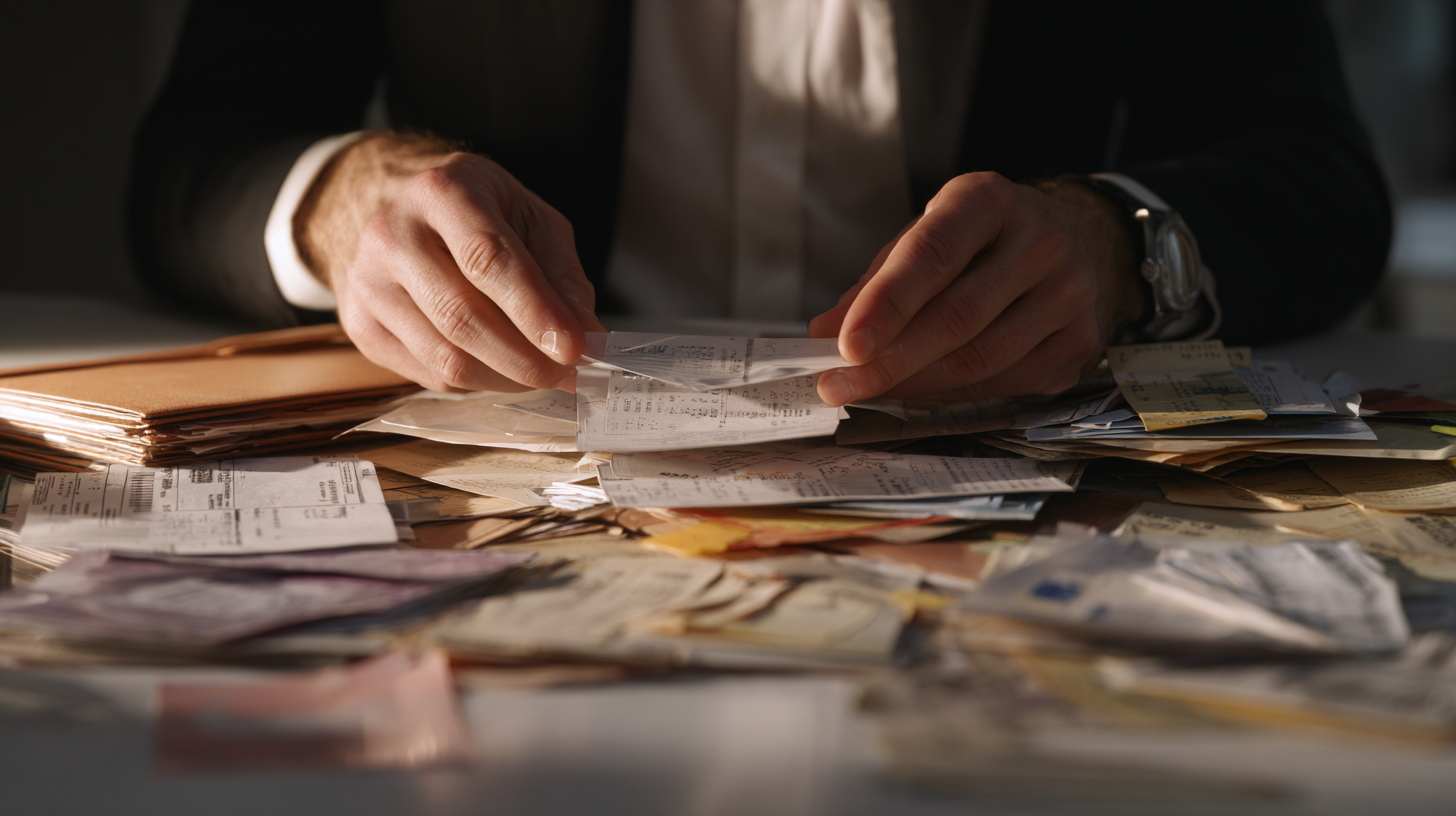A Frequent Flyer’s Guide to Clear-Cut Business Expenses

Why Expense Reports Matter

I’ve traveled extensively for work across different continents, and one thing I’ve learned is how quickly expenses can pile up. Flights, hotels, meals, and ground transport all add to a formidable stack of receipts that can overwhelm even seasoned corporate nomads. Keeping track of every cost is essential not just for timely reimbursement, but also for planning future itineraries with a precise budget in mind.
According to a 2024 Deloitte survey, 56% of frequent business travelers reported delayed or incorrect reimbursements due to missing receipts. These delays can cause anxiety and create friction between employees and finance departments. By maintaining thorough expense reports, we can avoid those pitfalls while making sure our travel budgets remain balanced.
I also find that systematic expense documentation helps uncover spending patterns—like that fancy lounge access fee I may have overlooked or an unexpected baggage charge. Sometimes, these routine costs reveal important insights that can be used to negotiate better corporate rates or fine-tune personal spending habits.
Choosing the Right Template

Over the years, I’ve tried just about every expense report format out there, from simple spreadsheets to integrated accounting solutions. Free, customizable templates in Excel, Google Sheets, or PDF remain solid go-tos for quick setup and ease of use. They typically feature auto-calculation, which becomes a huge time-saver when you’re dealing with multiple expense categories.
Tools like Formula Imports—if you haven’t heard of them—offer one-click downloads of user-friendly templates specially designed for travel expenses. These templates often include fields that I can tailor for new destinations, different currencies, or any special fees that pop up. By leveraging such structured templates, I spend less time fiddling with formatting and more time analyzing how to optimize each trip.
Whenever I test a new template, I look for clear labeling of each field, built-in formulas that reduce human error, and a smart layout that prompts me for essential details (like date, location, and payment method). In my experience, a good template is like a co-pilot that keeps the journey smooth, so I can focus on more strategic trip planning rather than battling spreadsheets.
Step-by-Step Reporting for Frequent Flyers

The actual process of assembling receipts can be challenging, especially when I’m jumping from flight to flight. My first step is always to categorize each receipt as I go—transportation, lodging, meals, and incidentals. This way, I’m not rummaging through a giant pile at the end of a whirlwind trip.
Next, I make a habit of labeling expenses in the template as soon as I have a stable internet connection, usually in the airport lounge or at a hotel. I include specific notes about the purpose of each expense—like “team dinner with potential client” or “taxi from airport to conference venue.” These notations not only provide clarity for the finance team but also refresh my own memory weeks down the line.
Finally, I scan or snap a quick photo of each receipt and attach it digitally. In 2025, a fully paperless system is more feasible than ever. Using cloud storage to keep everything safe and accessible means I can submit accurate, fully documented reports within hours of landing. This timeliness often translates to quicker reimbursements, which always feels good after a long trip on the road.
Per Diem and Other Options

Some organizations simplify the expense process by giving daily per diem allowances for meals and incidentals. I’ve found this helpful in destinations where cash transactions are more common and receipts can be hard to track. A Blank Per Diem Expense Report Template—whether it’s in Excel or Word—can help me itemize daily costs, making it easy to see if I stay within or exceed the allowance each day.
However, not all businesses operate on a per diem basis. Many prefer itemizing every last detail. From my perspective, itemizing can be insightful, especially if you’re curious about how each expense category breaks down in real time. A free Word template with interactive fields can be a lifesaver for this purpose, ensuring that each category—transport, hotel, meal—gets its own line item.
Either approach works, but consistency is important. If I switch from per diem to itemization mid-trip, the final expense report can become confusing. It’s best to stick to one system for the entire journey, ensuring that every cost is properly documented and easy to interpret.
Staying Organized and Compliant

When it comes to adhering to tax regulations or internal corporate guidelines, detailed documentation becomes crucial. In my experience, maintaining well-organized records not only wards off potential audits but also simplifies forecast planning for future travel. According to industry data, companies that enforce strict organization and compliance in their expense reporting see a 30% reduction in audit penalties.
I recommend pairing manual spreadsheets or free templates with reliable accounting software whenever possible. This hybrid approach bolsters accuracy and takes full advantage of automation for tasks like currency conversion and tax calculation. If you’re ever unsure how to deal with a particular expense (like overseas transaction fees), consult your organization’s policies or reference IRS guidelines for clarity.
Over the years, I’ve also learned the importance of timeliness. Procrastinating on expense filing can lead to missing details or lost receipts. Submitting reports promptly—within a week or two of returning—has saved me countless headaches and has helped maintain productive relationships with finance teams.
Final Thoughts

Mastering the art of expense reporting doesn’t have to be a burden. With the right planning, templates, and attention to detail, it can become just another seamless part of your journey. As a frequent traveler, I’ve noticed that the best results come from a healthy mix of diligence and automation—collect receipts consistently, use smart tools, and submit reports promptly.
I firmly believe that a well-structured approach to expenses makes room for bigger, more exciting pursuits, like mapping out new flight routes or building stronger client relationships. When you’ve got your financial documentation under control, you free your mind to explore all the possibilities that each destination has to offer.
Amelia Yeaher’s Take
From my vantage point, expense reports are not just paperwork—they’re an integral part of an efficient travel routine. Embracing digital tools, staying organized, and staying transparent help us all keep our financial habits in check while enabling more creative and boundary-pushing journeys. After all, every aspect of travel, from how we track costs to how we explore new places, can be an opportunity for innovation.
I’ve learned that an organized mind fosters more room for imagination. By cutting out the stress of track-and-chase, expense reporting becomes a natural step in the larger adventure of getting from one destination to another—smooth, reliable, and always ready for takeoff.
For more travel insights, be sure to visit Seat5A.






